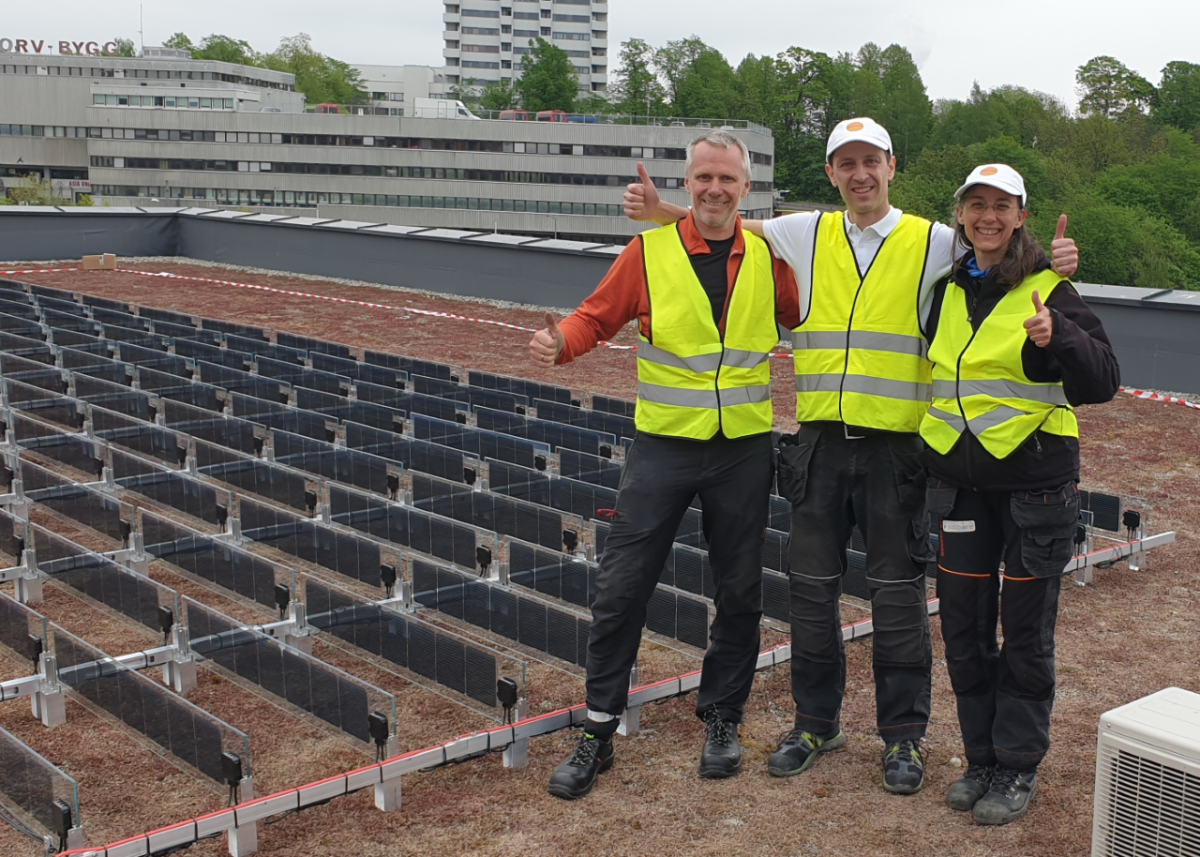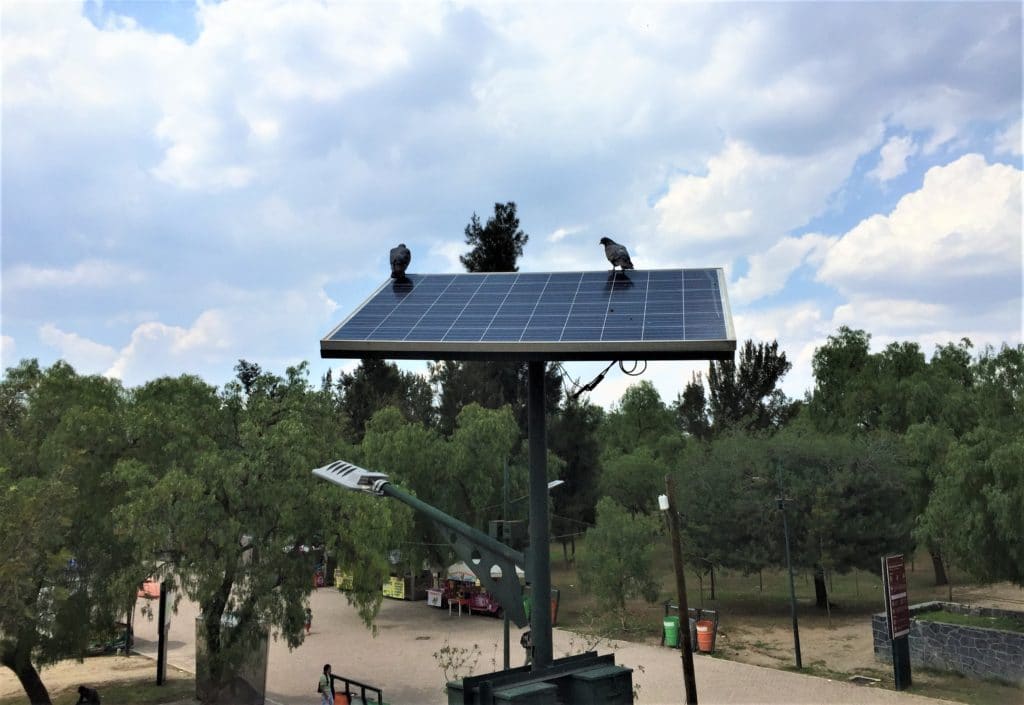https://pv-magazine-usa.com/2022/06/20/sesame-solar-mobile-nanogrids-powered-by-solar-and-green-hydrogen/
Sesame Solar mobile nanogrids powered by solar and green hydrogen

Image: Sesame Solar
A new startup, Sesame Solar, unveiled its nanogrids that are designed for use in disaster torn areas. They range from 10 to 40 feet long, and not only are they rugged, but they can be moved into place using a forklift, crane, truck, train, ship, cargo plane, or even a helicopter.
To use the nanogrid, the retractable solar array is electronically unfolded, and the system can start generating power within fifteen minutes of setup, the company reports. The systems can be tailored to the community’s need, for example in medical centers, for water filtration, or to provide communication services.
Previous off-grid nanogrids were run on diesel fuel, which just increases pollution in communities already suffering from weather-related events. The Sesame solution uses solar and green hydrogen. The green hydrogen is produced inside the nanogrid with the retractable solar array providing the energy to charge the lithium ferro phosphate battery storage system and to produce green hydrogen via electrolyzers. The green hydrogen is then stored at low pressure (less than 300 psi) in onboard solid-state hydrogen tanks, which Sesame Solar says can be easily and safely transported, and which fuels the onboard hydrogen fuel cell that also charges the batteries. When the batteries are charged, the H2 Fuel cell shuts down. Small wind turbines can also be added.
“Our nanogrids are changing the trajectory of the effects of climate change while providing communities in distress with the power they need to access critical resources,” says Lauren Flanagan, CEO of Sesame Solar. “While we can’t stop hurricanes or wildfires from happening, we can create solutions that help communities recover efficiently without causing further damage to the environment.”
The solar and green hydrogen work together with the help of a built-in integrated energy management system that ensures the resources are optimizing the available energy. The solar array charges the batteries whose power is managed by the inverter and electronics. When the batteries are at 35% capacity, the hydrogen fuel cell provides power to the inverter. Electrolysis is engaged at the same time the hydrogen fuel cell powers up, so the solid-state hydrogen storage tanks are being refilled with hydrogen while hydrogen is being consumed by the fuel cell.
Then when the batteries have been recharged by the solar array, the hydrogen fuel cell shuts down. Electrolysis continues until the solid-state hydrogen storage tanks are refilled, and then it shuts off as well, making the nanogrid energy-independent and ready for the next extreme weather emergency with continuous,100% fossil fuel-free power generation.
The retractable solar array uses energy dense, thin-film solar panels that produce from 3 kW to 20kW of solar power, with total battery storage of 15 kWh to 150 kWh, although 40 kWh is most common. The nanogrids are engineered and sized to meet peak and average use and provide uninterrupted, sustainable power.
Sesame Solar reports that the US Air Force, major telecommunication companies, and emergency response organizations are using its nanogrids, which have helped to keep critical communications online at the site of infrastructure or by powering mobile Wi-Fi stations if infrastructure does go down. The nanogrids keep essential services operational in emergency response situation, and they can be used to charge last-mile mobility EVs like e-bikes and e-scooters–practical modes of transportation when roads are blocked. Sesame Solar reports that the nanogrids can be used and repurposed for 20 years.
This content is protected by copyright and may not be reused. If you want to cooperate with us and would like to reuse some of our content, please contact: editors@pv-magazine.com.




